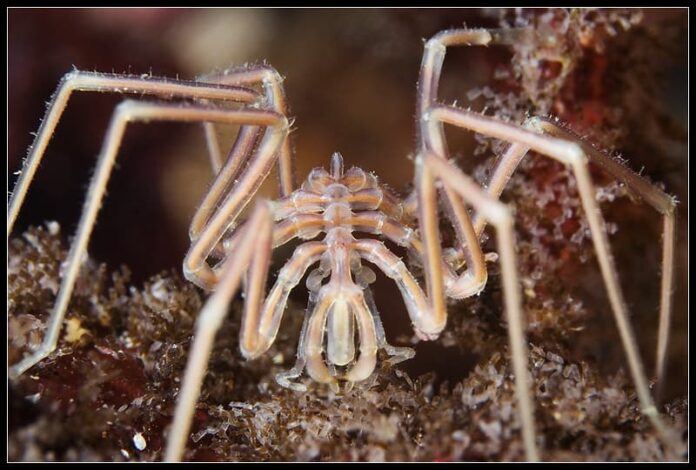When it comes to marine monsters, you can’t tell if some of those sea creatures are just fish or something else. So today you are going to look at some of the deep sea creatures that you probably have never seen before. There will be only 8 in the list below, and I sure hope they are unique sights to see. Let’s take a look and see which one you think is the weirdest-looking marine monster.
1Atlantic Poacher
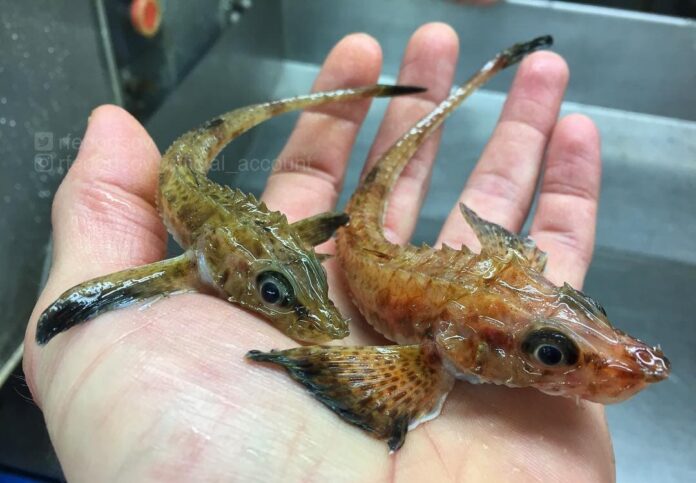
Living in a depth of 120 to 900 meters, this is one scary yet fascinating sea creature to look at. At a glance, it looks like a small dragon due to its scales and slender body. The Atlantic poachers have barbels (whiskers), large eyes, and plate-like scales along with foldable dorsal and pelvic fins. This marine creature is flexible enough to bend its head upwards which is quite cool for a fish. They live in muddy bottoms of the water at cold temperatures where they feed on benthic and pelagic crustaceans and polychaetes. It can grow to a length of 25 centimeters, and it is the only known member of its genus. The Atlantic poachers can be found in the Atlantic Ocean, Arctic Ocean, and Northwest Pacific Ocean.
2Can-Opener Smooth Dream
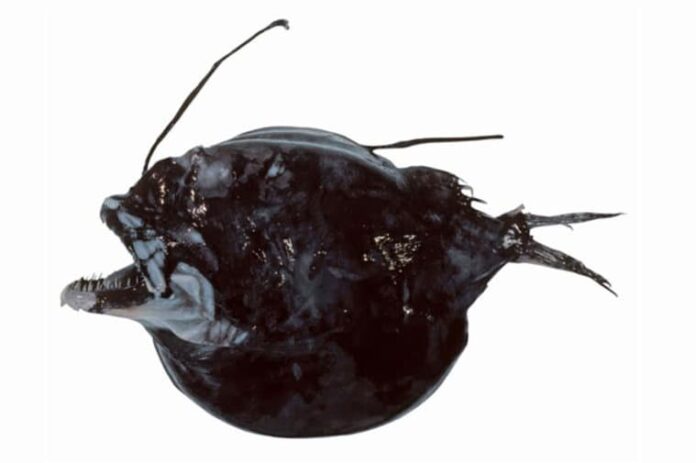
You sure won’t have a smooth or sweet dream seeing this marine monster right here. It is one of the species of deep-sea anglerfish that you can recognize by a bulb on its head. The scary thing about the can-opener smooth dream is that it has sharp teeth in both the lower jaw and upper jaw. This fish simply floats in the water, using its luminescence from the bulb to attract and lure the prey. When a potential meal gets close, those teeth will grab them in one simple bite. Can-opener smooth dreams live in temperate and tropical parts of all oceans, usually deep where the sunlight cannot reach. You have to dive up to 1000 meters deep to come across one of these, so good luck.
3Flamboyant Cuttlefish
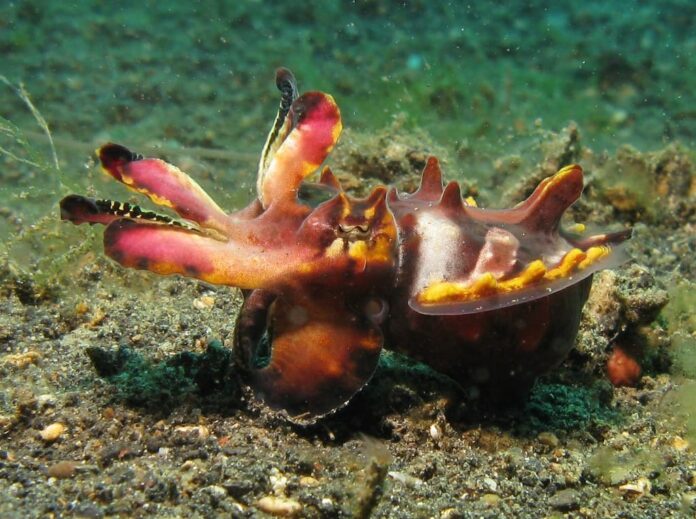
Such a fancy name for a poisonous cephalopod species and the only cuttlefish in the world known to be toxic. Looking rather cute due to the colorful body and unique movement, the flamboyant cuttlefish is an angel in disguise. This cuttlefish species does not swim; instead, it walks along the ocean floor using its arms. They have 2 tentacles that they use to reach out and strike prey along with 8 arms for walking. Just like most cuttlefish species, this one can also change the colors of its skin to camouflage.
The bold and colorful body patterns of a flamboyant cuttlefish comes with a warning. Just like some colorful animals that are poisonous, this one is not any different. Its flesh contains acids that make it poisonous to consume by both animals and humans. Despite them being poisonous, there are still other animals who would eat them such as dolphins, larger fish, and seals. When annoyed or threatened, a flamboyant cuttlefish would release a cloud of ink just like octopuses do to confuse predators.
4Jaggedhead Gurnard
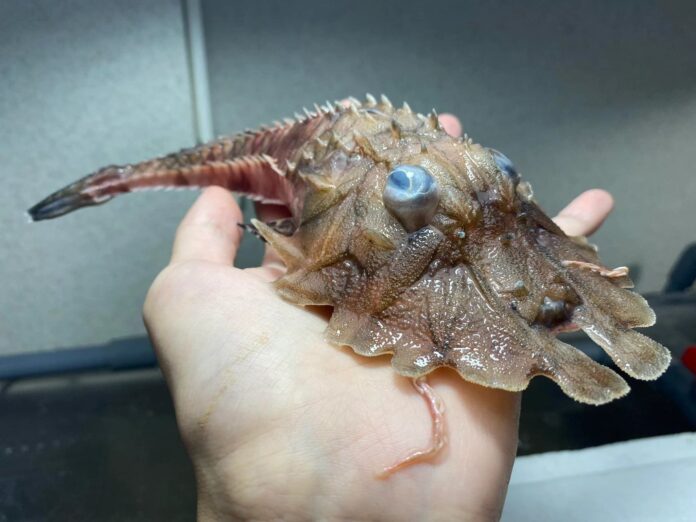
Now this is something that truly looks like it comes from out of the world, and there is no subspecies. It is native to the eastern Indian Ocean and the western Pacific Ocean, living on the edge of the continental shelf. The jaggedhead gurnard is a deep-water fish species that lives at a depth of 300 meters in the ocean. This fish can grow up to 30 centimeters long, with distinctive and fascinating sharp spines around the front of its head. Below the head are two large barbels on the lower jaw, making them look super pre-historic. These live fossils are completely harmless, so don’t be afraid if you see one while diving.
5Multi-Legged Crayfish
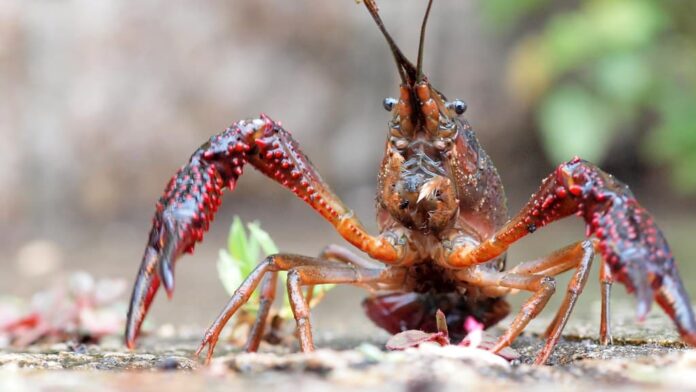
The multi-legged crayfish aka amphipoda is a crustacean species with no carapace that are most detritivores or scavengers. There are over 9,900 species of amphipoda, and all of them have creepy crawling legs. Among those species, some are marine animals while others are freshwater dwellers or even terrestrial creatures. The multi-legged crayfish are harmless, but they are also inedible so you should not eat one although they look like shrimps. However, there are some studies that have shown that some species do feed on humans. One case was in Melbourne in 2017 when a boy stood in the sea and came back with severe leg bleeding. The cause was identified to be sea fleas but the bites were neither dangerous nor venomous.
6Pacific Spiny Lumpsucker
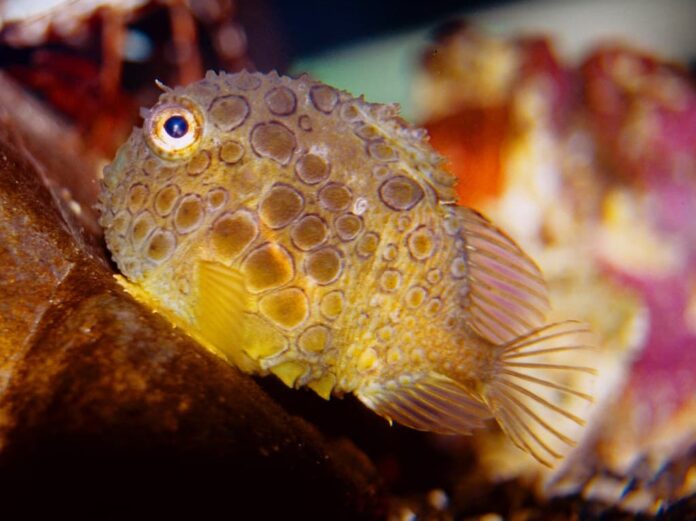
This is the fish that is a cross between cute and nah, and here’s why. The Pacific spiny lumpsuckers have an adorable face, but their body wants to go a different direction from cute. There are cone-shaped plates known as tubercles that cover the fish’s body which gives them this eerie look. The males of this species are dull orange or reddish brown in color while the females are dull green. These colors allow them to camouflage in their habitats to avoid predators such as lancefish, Pacific cod, and sablefish.
Along with a weird spiny appearance, their pelvic fins have a large suction cup that allows the fish to attach to surfaces. They use their suction cups to attach themselves to solid objects because they are not good swimmers. That way, they are able to anchor themselves to eel grass, kelp, and rocks. This fish is harmless to humans, and they are on mollusks, slow crustaceans, and worms that they find on the sea floor. The Pacific spiny lumpsuckers live in a wide range of habitats at a depth of 150 meters.
7Remora
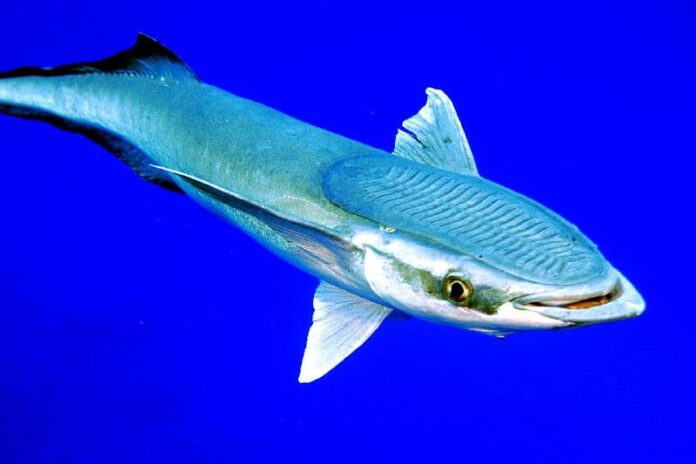
With a head that looks like no other, this is definitely one of the weird-looking sea creatures to see. The remora has a flat head that works as a sucker plate that it uses to hold onto things. The fish can open and close its flat head to create a suction; hence its nickname shark sucker or suckerfish. Usually, remoras suck onto marine creatures such as manta rays, sharks, and turtles as they travel through the water. These fish eat food that falls out of the host, and in return, it eats parasites from the host.
Because they are temperate and tropical open ocean-dwellers, coming across one is quite common. Remoras can be dangerous to humans especially divers when they accidentally or mistakenly attach themselves to a person. Once that happens, it can cause bleeding or bruising due to the suction pressure that the fish creates. Remoras are quite useful in fishing especially if you want to catch a turtle. Put your remora in the water so that it can swim and suck onto the turtle. All you need to do is pull in the rope and pull the turtle on board, easy and simple as that.
8Sea Spider
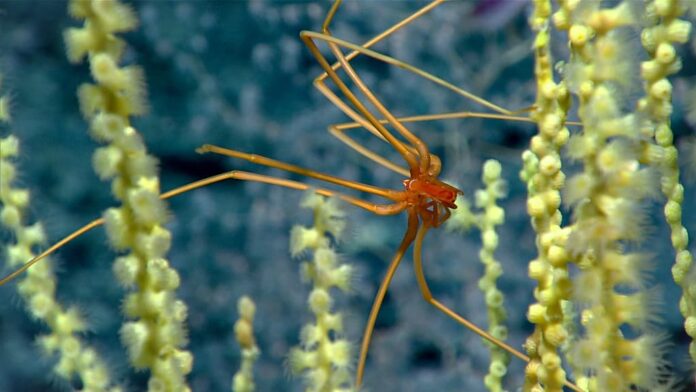
This sea spider is a marine arthropod, not an arachnid which is a true spider, that is more familiar by the name Pycnogonid. You can find them in all oceans around the world, and you can’t confuse them with anything else. There are over 1,300 species of these marine monsters, and the bigger they grow the deeper they live. It is true that these sea creatures assemble spiders with small bodies and long legs.
Some sea spiders have 4 pairs of legs just like land spiders while some other species have up to 6 pairs. Those legs function as gills that absorb the oxygen from the water while their intestines work as a heart. Their intestines distribute oxygen where necessary to the body. And of course, these creatures are predators who use their proboscis to suck juices from invertebrates with soft bodies. The Pycnogonid can both swim and walk along the bottom of the sea, looking or scavenging for food. These sea spiders don’t bite, so only their appearance can creep us out.
Related Post: Deep Sea Creatures You Should See

